A Spiritual Analysis of the Bold Divine Feminine Sculptor Who Inspired Auguste Rodin’s Most Sensuous Sculpture, The Kiss
The Legacy of Camille Claudel
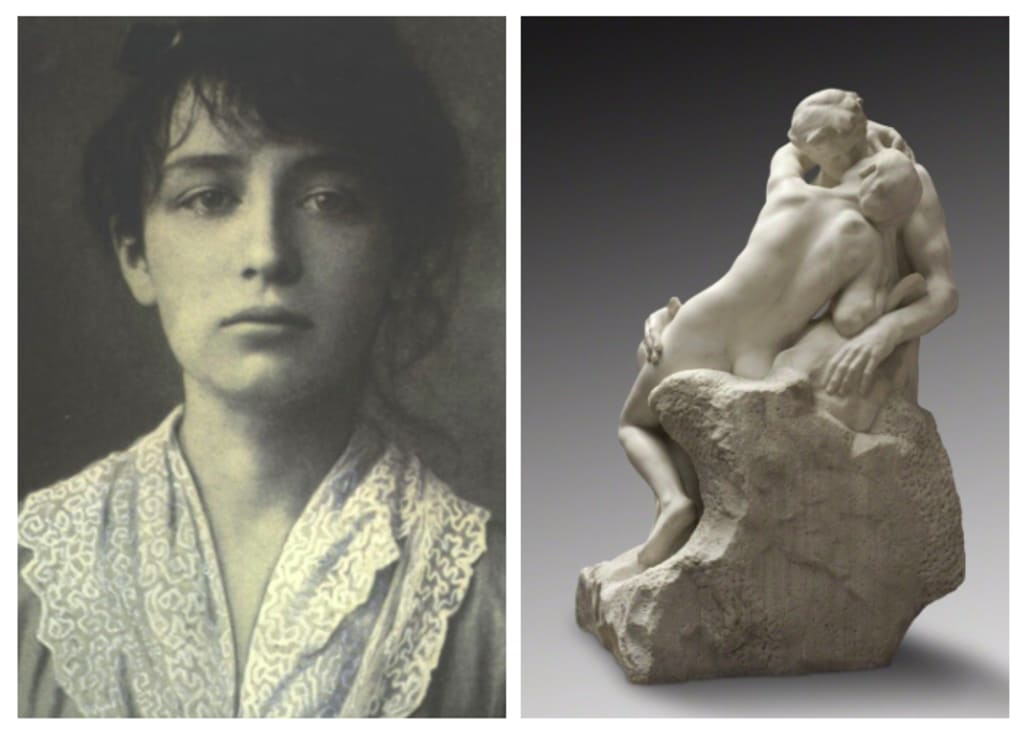
Camille Claudel was a sculptress born in France with a Sagittarius Sun, Scorpio Rising and Aries Moon. Her dominant elements were Fire & Earth, drawing her by the age of 12, to work with her hands by shaping local earthen clays. Her innate fire eventually drew her to disregard the time that she was living in to create self-guided stunning and sensual artworks.
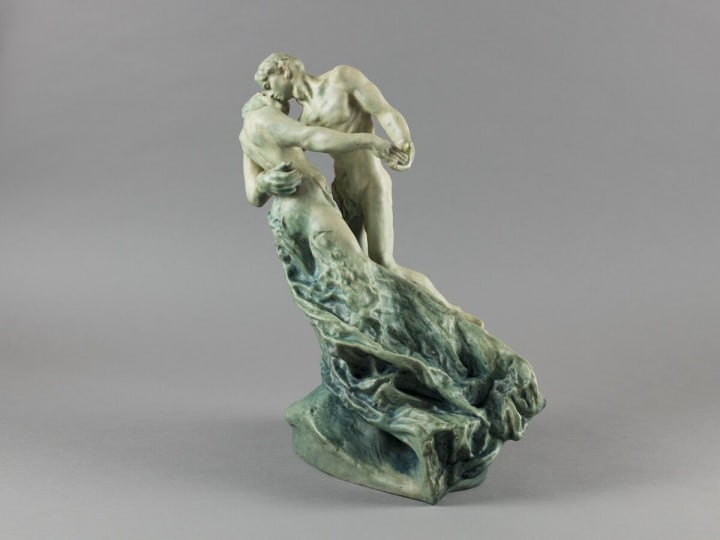
By an auspicious and divine alignment of circumstances, Camille Claudel’s neighbor in Nogent-sur-Seine was the notable sculptor, Alfred Boucher. He recognized Camille’s innate talents immediately and decided to take her on as his student. He encouraged her family to move to the City of Light, where she could enroll in the only arts school available to women at that time.
In 1881, Alfred Boucher won the Grand Prix de Salon and had to move to Florence. Before his departure, he took part in a fated event when he introduced Auguste Rodin and Camille Claudel in order to get Auguste to take over his teaching.
Auguste found himself immediately drawn to Camille’s skill and beauty. He found her completely irresistible, and soon asked Camille to model for his works The Gates of Hell (1880–1917) and The Burghers of Calais (1884–95).
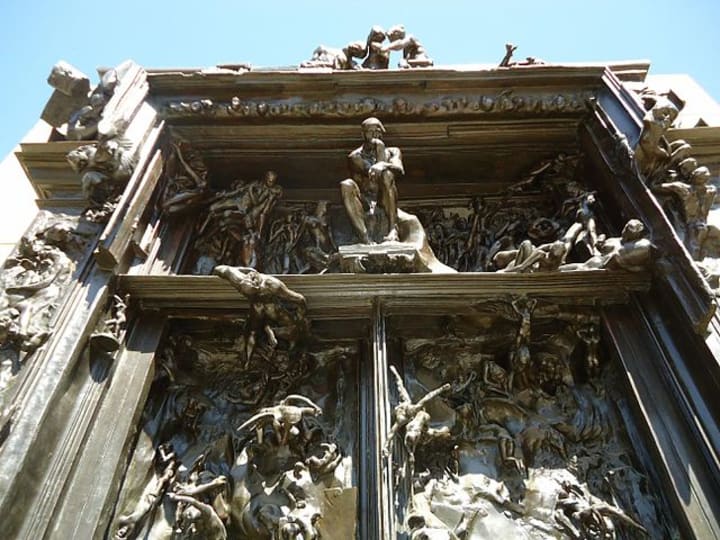
Inside the studio of the master sculptor, their work was prolific. Camille progressed rapidly. She skillfully captured fleeting moments of ardor in bronze and clay. The years that Camille was Rodin’s studio assistant were also the most productive of his life. Historians theorize that the two maestros collaborated on pieces together during their decade long love affair, as certain sculptures (and some of Rodin’s most accomplished pieces) show an imprint of two sets of hands.
According to her star chart, Camille needed a variety of experience in terms of partnership. She desired a lover who could engage with her intellectually and offer a supportive dialogue exchange. During the time that they were together Rodin’s work peaked and became very sensuous. The Kiss (1889), a prodigious ode to passionate love, and the erotic Eternal Idol (1890–93) were both sculpted during this Renaissance period. The two were known to share passion in both their lovemaking and their work. Camille craved thoughts, ideas, and creative stimulation. Sketches are still in existence today of the artists’ carnal and sensual play. Yet, despite all of this, Rodin had an ongoing relationship with his common wife, Rose Beuret.
I sleep completely naked to make me believe you are here, but when I wake up it is not the same thing. Most of all, don't deceive me with other women anymore. – Camille Claudel
Rodin’s presence in Camille’s story would cause her conflict for the rest of her life. He tried to use his art-world stature to introduce columnists to Claudel’s work, but critics would just search endlessly for Rodin’s style in her sculptures. They looked for traces of the master rather than considering her work on its own.
Camille began to chafe against these constant comparisons. She wanted everyone to know that she was an artist. Not just the apprentice and mistress of Auguste Rodin. Their affair unraveled when it became clear to Camille that Auguste was not going to leave Rose Beuret—even though he had signed a contract Camille had written up promising that he would do precisely that.
Despite his amorous love for Camille and promises of marriage, Auguste was committed to maintaining his relationship with Rose as she had lived through poverty with him and taken care of his father when he was sick. Rodin was always concerned with creating a respectful and dignified public persona, he felt an obligation towards Rose, while Camille was a fiery feminine with her own artistic voice and power. She was twenty-four years his younger and countercultural in her practices and lifestyle.
Eventually, Camille saw through the illusions that a passionate love could create and she left Rodin—terminating their relationship around 1896, when Camille asked a mutual friend to contact Rodin and request that he not visit her anymore. Camille had awakened a flame within Rodin, allowing him to develop his own style and artistic expression. Yet, she also triggered him and caused his emotions to feel out of his control. Camille never healed from this rejection.
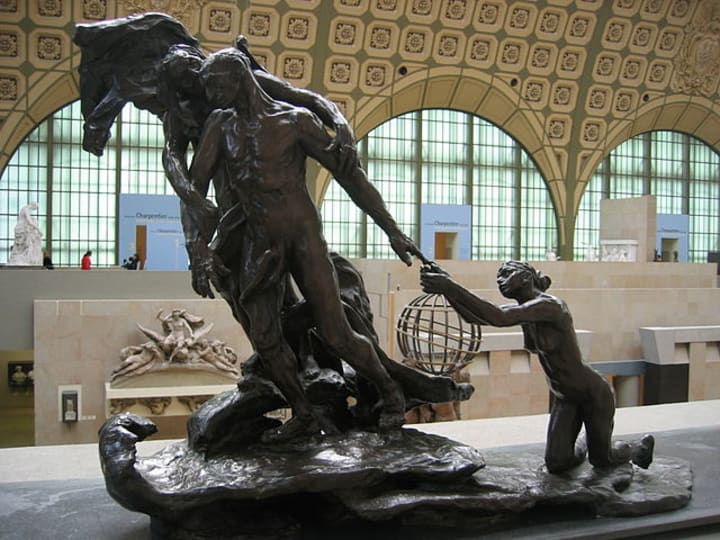
Claude Debussy, the composer of Clair de Lune, tried to court Camille around July of 1899. Records indicate that they attended a concert together. Yet, it appears that Camille could not open herself to love again after her affair with Rodin, despite the efforts of other men.
She threw herself into her work instead, sculpting feverishly after the separation, yet state commissions were still a struggle. Her sculptures began to get acclaim from critics but were still considered too erotic for the mores of the time. As a woman, even gaining access to nude models proved to be an endeavor. She was expected to be demure, but Camille refused to alter her art. Not only did she sculpt nudes; she sculpted nude couples that exuded passion and desire.
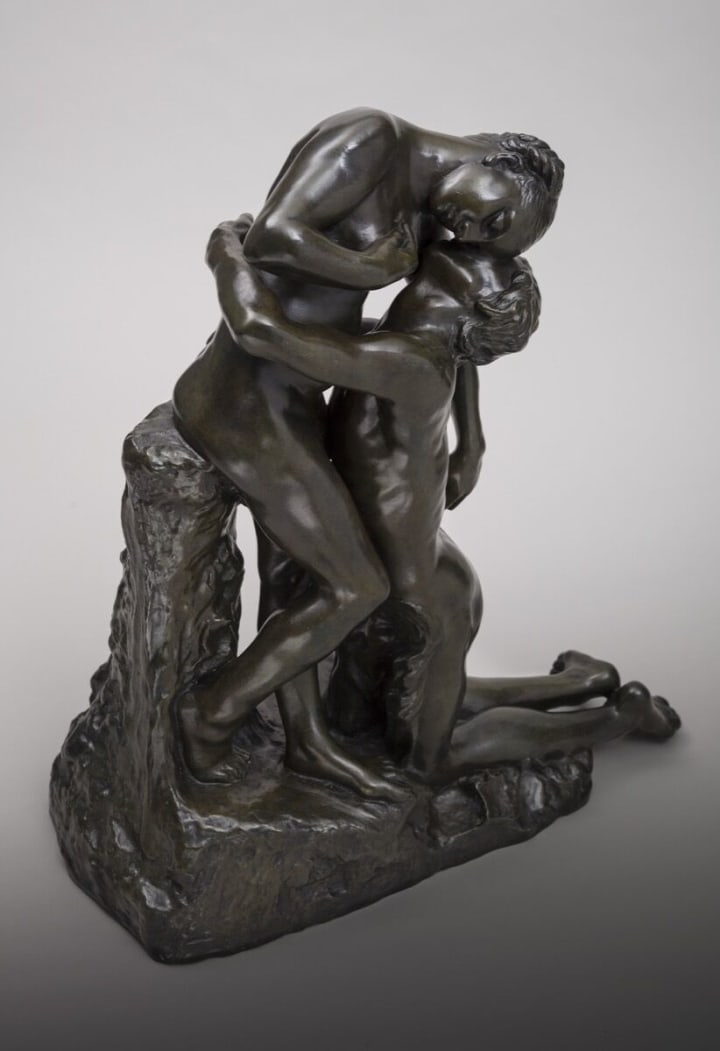
Camille knew how to follow the inner workings of her soul. She was here to self-actualize as a Wayhsower, or a shaman who transcended culture. She was someone who could reveal the psychological forces at play in human behavior for the collective to see. Her most noteworthy artworks express the inner moods and psychological states of her subjects. This talent was admired by Rodin and copied during the years that they collaborated.
Claudel yearned to translate her clay maquettes into marble. She adored the material and enjoyed the work of sculpting and polishing it herself (unlike Rodin, who left that work to his assistants). Camille couldn’t afford marble on her own, though, and when applying for government commissions to produce pieces in the stone, her works were deemed too risqué for state funding.
Eventually, a lack of financial abundance and no success brought Camille to an existential crisis. She started to have spells of paranoia and became obsessed with hiding her work from Rodin and his followers. In her fall from Eden, Camille destroyed much of her oeuvre.
“With a pile of rubble accumulating in the middle of my studio, it's a veritable human sacrifice." — Camille Claudel
Only a fraction still exists. In 1913, days after her beloved father’s death, Camille was forcibly removed from her home and taken to Montdevergues asylum. Her mother no longer wanted to financially support her and the unconventional bohemian lifestyle that she lived. She remained in confinement for the rest of her life.
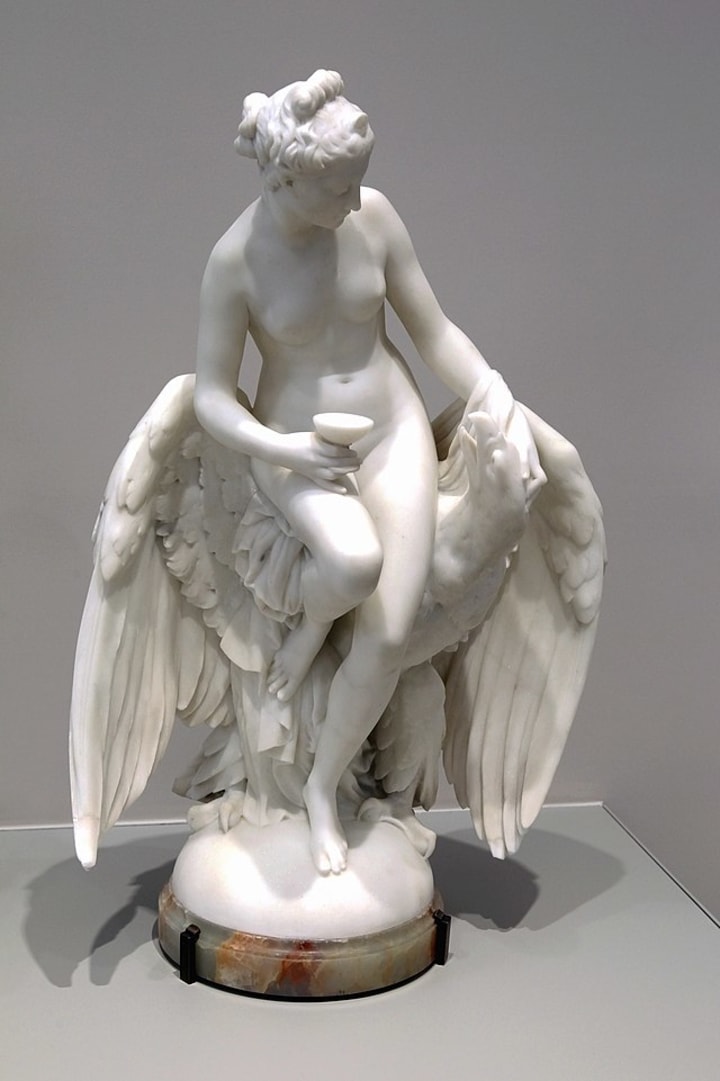
“I’ve fallen into an abyss. I live in a world so curious, so strange. Of the dream that was my life, this is my nightmare.” — Camille Claudel
When Camille Claudel died in 1943, her legacy was all but forgotten. She was buried in an unknown location inside an anonymous communal grave. For decades, Claudel’s work has been as lost to time as her burial grounds.
Then, one hundred years after her love affair with Auguste Rodin, the artist Camille Claudel was finally resurrected. The Musée Rodin held an unexpected runway exhibition of Camille’s provocative and sensual sculptures in 1984. After many failed exhibitions, the modern world revived the art of Camille Claudel. People have not been able to get enough of the divine feminine who was both a protégé and mistress to Auguste Rodin.
Since the 1980’s, Camille has been the subject of three films—the most notable of which is based off of a book written by her brother’s granddaughter. It is entitled Camille Claudel (1988) and was nominated for two Academy Awards. She is also the protagonist of a musical that is currently being rewritten. It is rumored to be debuting sometime in 2021 at the Signature Theatre in Arlington, Virginia.
Her evocative sculptures can be seen at the Musée Camille Claudel which features the largest collection of her work to date and is located within Nogent-sur-Seine (70 miles southeast of Paris), where her artistic career began as a child.
Camille Claudel continues to guide artists from the afterworld. Her energy tells us to fulfill our promise, potential, and passions. She can show you where you need to expand to be your most authentic self. Her hard work and burning desire to have her art acknowledged has finally been achieved. She is an example on following long lasting dreams and creating artwork that endures.
About the Creator
Amourais
Amourais is the author of 3 children's books. She loves her dog, immersive art, performance art, visual art, writing, dancing, singing, modeling, acting, and innovation.






Comments
There are no comments for this story
Be the first to respond and start the conversation.